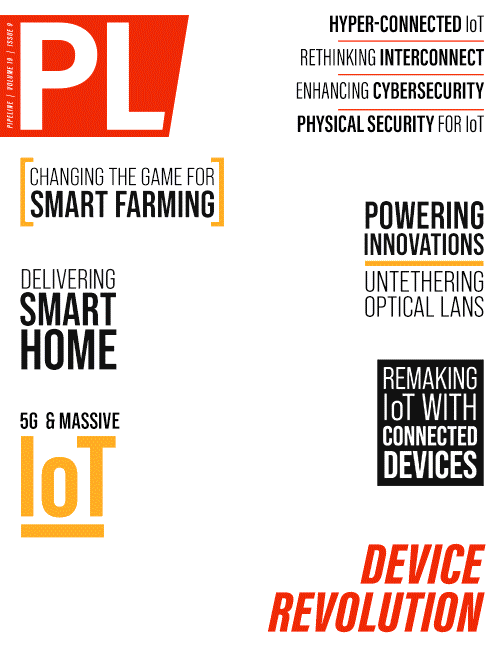Massive IoT and 5G:
What’s Next for Large-Scale Cellular IoT?
Naturally, real-time communication of information and data is positively essential for IoT-enabled telematics devices used in industries like shipping and supply chain management. To successfully guarantee the reliability and global compatibility of their connectivity solutions, it is imperative that device manufacturers consider that 2G and 3G cellular networks will be virtually put out to pasture sooner than later. As the great pivot to 4G and 5G networks comes to its long-awaited fruition, IoT modules will need to be ready to accommodate those higher standards, ensuring continuous and uninterrupted operation of dated devices when the time is right.
Cellular IoT—or Mobile IoT—is a critical component of both GPS tracking devices and sensors that power the real-time asset monitoring vertical. Simply put, such tracking devices are rendered obsolete without a way to communicate the data they collect. With 95% of the planet’s population covered by existing mobile networks, Cellular IoT represents an ideal connectivity solution for intelligent asset tracking. Originally developed and introduced as part of 2016’s 4G-LTE specification, LTE-M and NB-IoT networks are today formally acknowledged as bona fide 5G technologies; therefore, IoT devices connected to these networks will receive support even after the predicted sunsetting of 4G networks.
Challenge Accepted
The path to full-5G for Massive IoT is not without its challenges. For starters, steps must be taken for advanced LTE networks to be equipped with bolstered capabilities to handle the monumentally increased amounts of data traffic stemming from the arrival online of millions of new mobile and IoT devices. Yet another hurdle along the way has to do with data security. As IoT networks grow, hacker collectives and other bad actors are more than likely to up the ante of their attacks, launching aggressive assaults on the existing infrastructure to seek out vulnerabilities. So, it’s essential that data security be top of mind for any customer seeking to get in on the IoT solutions frenzy. The expectation is that AI, machine learning, edge computing, and beefed-up authentication methods will all play key roles in building out robust security protocols for Massive IoT adoption. To help maintain consumer confidence and limit unauthorized intrusions, it is important, too, that organizations seeking to invest in Massive IoT be proactive in strengthening their own security standards prior to joining the 5G fray.
While it is true that Massive IoT’s promises of heightened 5G connectivity for devices worldwide may manifest as difficult trials and tribulations, particularly for things like network reliability and security, as President Theodore Roosevelt famously stated, “Nothing worth having comes easy.” When one considers what is truly on the horizon—seamless utility monitoring and environmental stability, as well as Rhodes Scholar-like municipalities and the ability to pinpoint assets anywhere on the planet in real time—it becomes increasingly clear that the Internet of Things is not only about making life easier—it’s about ameliorating people’s homes, their cities, and their livelihoods.
In other words, what’s next for large-scale cellular IoT is well worth the blood, sweat, and tears it will take to get there.



















